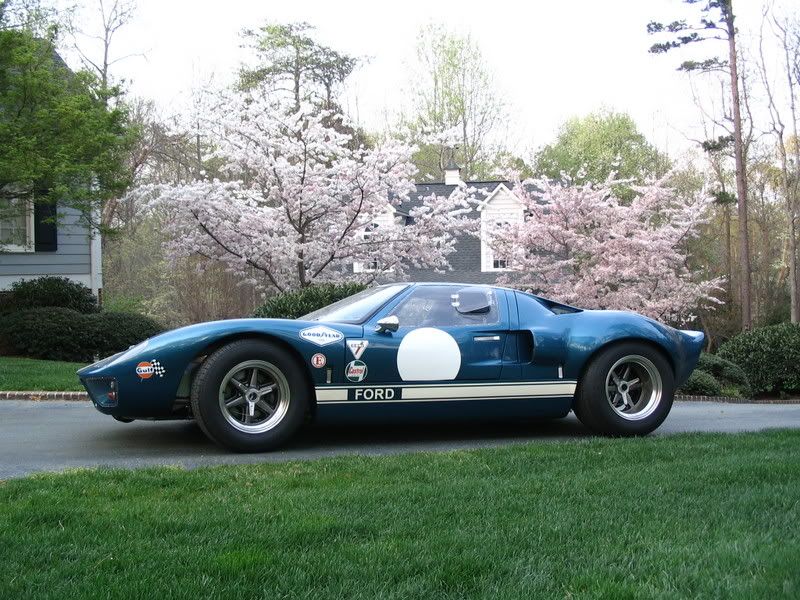Speedometer calibration
The weather in Southern Illinois was perfect today, with clear blue sky and high temps around 70. Ryan and I decided to take the GT out on the highway for the first time. We took along the GPS so we could calibrate the speedo. When traveling at a true speed of 60 MPH the speedometer indicated 110. The speedometer was easily removed, thanks to the knurled knobs used to install it so many months ago, and the DIP switches adjusted so the following were open: 3, 4, 10, 12. This resulted in an indicated speed within a couple of MPH of the true speed indicated on the GPS. The speedometer read nice and steady with no fluctuations or ‘spikes’ of the needle
The short message: Preset the DIP switches to make the following open: 3, 4, 10, 12. That should get you within two or 3 MPH using the 15 inch tires supplied by RCR.
99% DONE ! ! !

